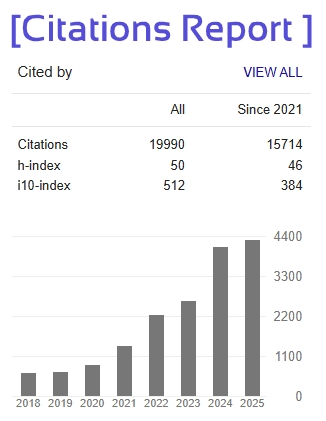An Investigation of AISI 304 Stainless Steel Using SEM - EDS by Gas Metal Arc Welding
T A Arun
Assistant Professor, (Department of Mechanical Engineering )
KGiSL Institute of Technology Coimbatore, India arun.t.a.@kgkite.ac.in
K Karthick
Assistant Professor, (Department of Mechanical Engineering )
KGiSL Institute of Technology Coimbatore, India karthick.k@kgkite.ac.in
I Jothi Naresh
Department of Mechanical
Engineering
KGiSL Institute of Technology Coimbatore, India jothinaresh918@gmail.com
R Mithun Prasadh Department of Mechanical
Engineering
KGiSL Institute of Technology Coimbatore, India mr4117342@gmail.com
E Vijay Ganesh Babu
Department of Mechanical Engineering
KGiSL Institute of Technology Coimbatore, India monuvj2003@gmail.com
Abstract—The welding process presents significant fabrication difficulties when dealing with thicker materials, particularly those with a thickness of 12 mm and above. Joining such large thicknesses is a considerable challenge, as numerous issues arise during the welding process. To address these challenges, the current study focuses on the welding of thick plates made of AISI SS 304 grade. The study aims to investigate the problems and challenges encountered during welding using the GMA Welding process. Additionally, the study aims to examine various mechanical properties of the 12 mm thick plates. The primary objective of this study was to examine the impact of Gas Metal Arc Welding (GMAW) on the microstructure of the weld metal and the Heat-Affected Zone (HAZ) under varying welding conditions. Furthermore, the study aimed to determine how these changes in microstructure affected the mechanical properties, The Energy Dispersive Spectroscopy (EDS) testing was conducted on AISI 304 stainless steel welds produced using various Gas Metal Arc Welding (GMAW) methods, including Constant Current (CC-GMAW), Pulsed Current (PC-GMAW), Double Pulsed Current (DPC-GMAW), and Cold Metal Transfer (CMT-GMAW). The EDS analysis aimed to evaluate the elemental composition of the weld zones for each technique. Results indicated variations in elemental distribution, particularly in chromium, nickel, and iron content, which are critical to the corrosion resistance and mechanical properties of AISI 304 stainless steel. These differences were attributed to the distinct thermal cycles and metal transfer characteristics associated with each welding method. Overall, the CMT-GMAW process exhibited more uniform elemental .
Keywords—component, formatting, style, styling, insert (key words)







